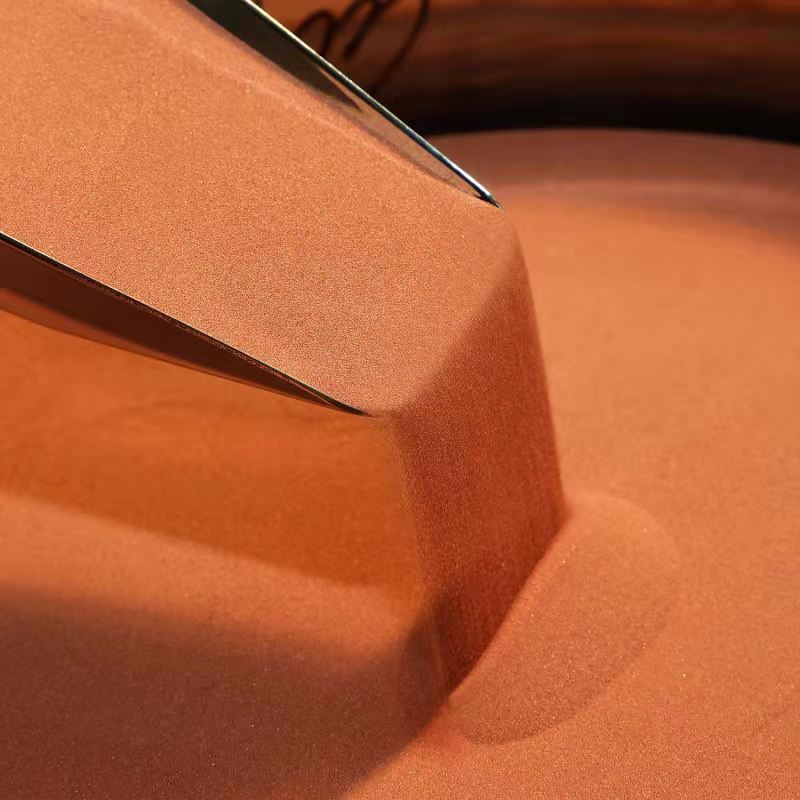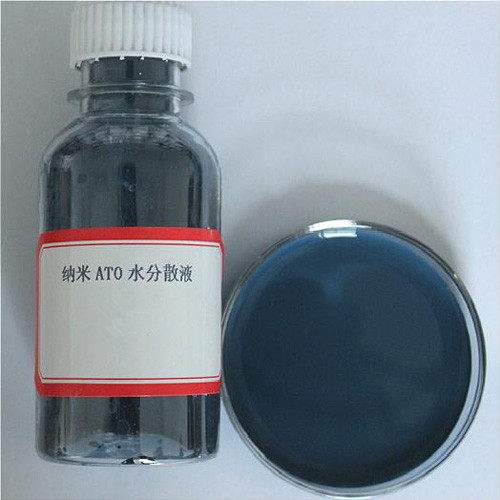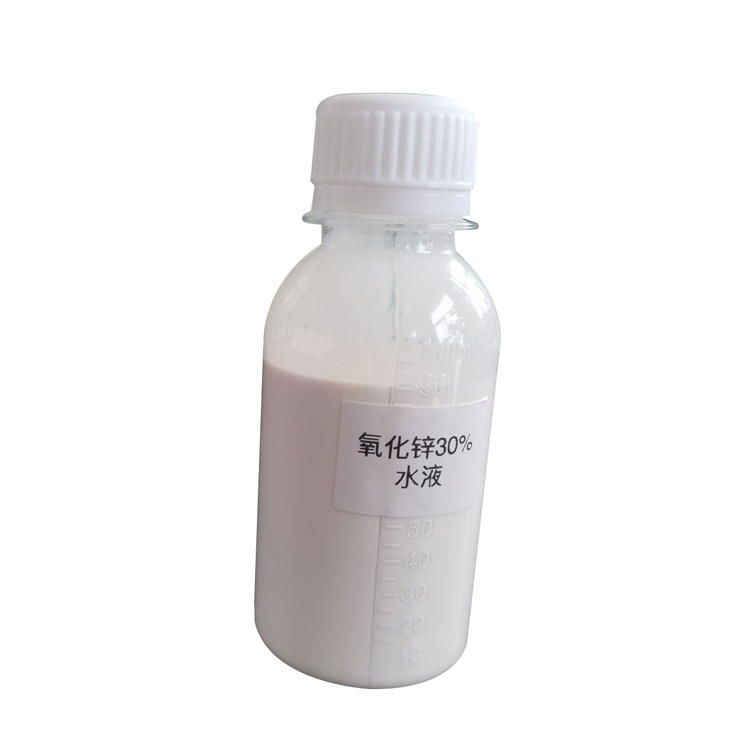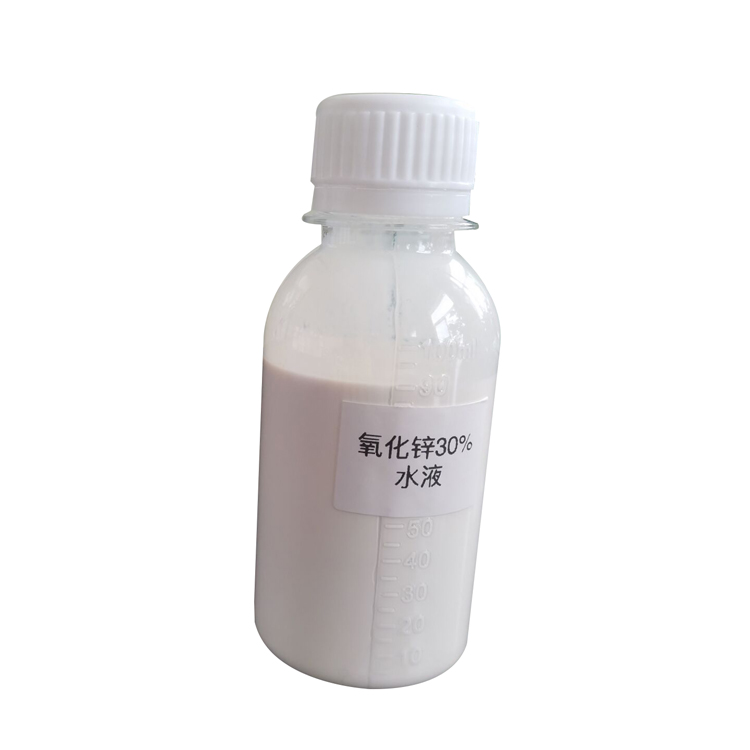Copper is different from metals such as aluminum and nickel in that it is difficult to form a dense and stable intrinsic passivation layer on its surface. Therefore, the exposed copper surface will be continuously oxidized and corroded by oxygen and water vapor in the air. The smaller the particle size and larger the specific surface area of copper powder, the easier it is to rapidly oxidize to produce products such as cuprous oxide (Cu2O) and copper oxide (CuO). This oxide insulation layer significantly reduces the conductivity of copper powder and hinders particle sintering connection, resulting in degradation of the performance of the conductive paste. Especially during the sintering process of the front electrode of photovoltaic cells (often requiring high temperatures exceeding 500 ℃), if copper powder is not protected, it will be severely oxidized and unable to form a good metal conductive network. In addition, in high temperature and high humidity environments, the growth of oxide layer can also cause the conductivity to deteriorate over time, affecting the lifespan of the device. Therefore, inhibiting surface oxidation of copper powder is crucial for maintaining its conductivity, sintering activity, and long-term stability.
Researchers and engineers have developed various surface antioxidant treatment techniques to address the issue of copper powder being prone to oxidation. Constructing a physical or chemical protective layer on the surface of copper powder can block oxygen contact or passivate active sites, thereby slowing down or even preventing oxidation from occurring. The main methods include organic coating protection, inorganic coating, self passivation alloying modification, and surface reduction passivation treatment. The following text introduces surface reduction passivation treatment separately.

Surface reduction and activation passivation treatment
Chemical reduction treatment: Surface reduction can be performed after copper powder preparation or before use to remove the generated oxide layer and passivate the surface immediately. The commonly used method is to add mild reducing agents such as organic acids (formic acid, citric acid), hydrazine, phosphorous acid, etc. to copper powder suspension for soaking treatment. For example, add nano copper powder into 0.1% – 2% organic acid (such as citric acid) solution to adjust pH 1 – 5, stir and stand, then the surface copper oxide can be dissolved and removed, and then filtered and dried. This step can significantly reduce the oxygen content of the powder. However, exposed fresh surfaces are prone to re oxidation and require immediate passivation protection. For this, a "reduction passivation two-step method" can be formed by combining reduction treatment with corrosion inhibitors: first remove the oxide layer with a reducing agent, and then immediately occupy the surface active sites with organic molecules. Zheng Nanfeng et al. reported an innovative method: hydrothermal treatment of copper using formate as a surface coordinating agent. Formate not only acts as a reducing agent to remove surface oxides, but also reconstructs the copper (110) surface in a coordinated form, forming a coordination passivation layer with a c (6 × 2) superstructure. This layer is composed of copper formate coordination dimer and O ² ⁻, which can effectively block corrosive particles such as O ₂ and Cl ⁻ from entering the internal copper metal. On this basis, a small amount of alkyl thiol molecules were introduced for further modification, filling the surface defects that were not completely covered by the coordination layer, and the antioxidant performance of the copper surface was improved by three orders of magnitude. This "formate+thiol" surface chemical modification method can be implemented at room temperature, endowing copper powder with super strong antioxidant capacity while almost not reducing its conductivity and thermal conductivity. At present, copper powder modified based on this technology has been successfully used in kilogram level preparation experiments of antioxidant copper paste, and can be applied in fields such as printed conductive lines and electromagnetic shielding. This achievement indicates that by ingeniously designing surface ligands to achieve reduction protection, a new strategy can be provided for copper to replace silver.
Protective atmosphere and plasma treatment: In addition to chemical methods, physical means are also used for surface activation and protection of copper powder. For example, using a reducing atmosphere (such as nitrogen containing 5% hydrogen, formic acid vapor, etc.) during the sintering process of copper paste can prevent high-temperature oxidation of copper and assist in removing residual oxide films. There is also an exploration of using plasma to treat the surface of copper powder, instantly reducing/cleaning the surface and depositing a layer of passivation material under inert gas plasma. In addition, the so-called self-protection sintering technology refers to adding some additives to the copper paste, which decompose into reducing gases or form protective residues when heated during sintering. For example, organic amines, alkoxides, etc. can decompose into ammonia and aldehydes at high temperatures, which can locally create a micro reduction environment to protect copper particles and complete sintering connections. The idea of this method is to incorporate an "antioxidant" into the slurry formulation to prevent copper from being oxidized during the critical sintering stage.
The application prospects of copper powder in conductive pastes and electronic packaging are broad, but oxidation has been the main obstacle between laboratory achievements and actual products. Recent studies have shown that various strategies such as organic coating, inorganic coating, self passivation alloying, and surface reduction passivation can significantly improve the antioxidant properties of copper powder, enabling it to maintain excellent conductivity within a wide process window. Different methods have their own advantages and disadvantages, and need to be selected or combined for specific applications.
SAT NANO is a best supplier of copper powder in China, we can offer nanopowder and micron powder, if you have any enquiry, please feel free to contact us at sales03@satnano.com


























